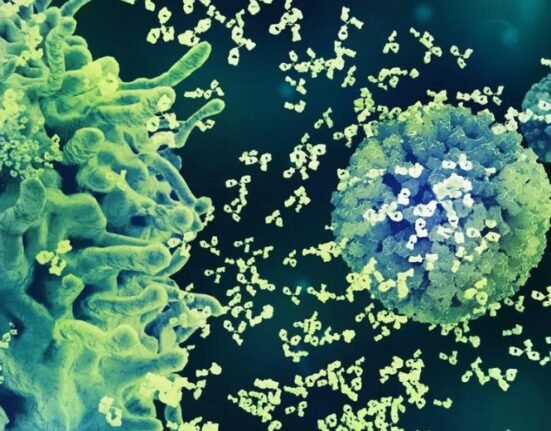HQ Team
October 16, 2024: India’s coronary drug-eluting stent market may grow at a compound annual growth rate of 4% until 2033 on the back of a rise in coronary artery diseases, according to UK-based data analytics and consulting company, GlobalData.
India’s coronary drug-eluting stent market accounts for around 32% of the Asia-Pacific market in 2024, according to the latest data from the company.
A drug-eluting stent is a medical device that’s used to treat narrowed arteries in the heart. A cardiologist inserts the stent into a coronary artery during a coronary angioplasty procedure. The stent is a tube made of a mesh-like material that’s coated with a drug that’s released into the artery after implantation.
The drug prevents the formation of scar tissue that can narrow the artery again. The stents are safe and effective for most people, and they’re less likely to cause blockages than bare-metal stents.
‘Enhanced flexibility’
“While drug-eluting stents have significantly improved patient outcomes, treating tortuous and calcified lesions remains a challenge due to the complex structure of the vessels,” said Kanchan Chauhan, Medical Devices Analyst at GlobalData.
“Stents with enhanced flexibility, ultrathin struts, and lower crossing profiles are designed to address these challenges more effectively by reducing complications such as restenosis and promoting faster recovery. Increasing the availability of such advanced solutions is crucial for enhancing cardiovascular care,” he said.
Sahajanand Medical Technologies, an India-based developer and manufacturer of minimally invasive coronary stent systems, has recently received approval from the Australian Therapeutic Goods Administration for its flagship drug-eluting stent, Supraflex Cruz.
“This approval enables SMT to expand into the highly regulated Australian market, highlighting India’s growing influence in the global medical device sector,” according to the GlobalData report.
‘International success’
Supraflex Cruz delivers a combination of the sirolimus drug and a biodegradable polymer promoting faster vessel healing and reducing the risk of restenosis. The stent has been approved in over 80 countries, and with the recent Australian approval, it is set to further solidify its reputation for safety and efficacy.
“As India continues to innovate in the cardiovascular space, the international success of devices such as Supraflex Cruz highlights the country’s growing presence in the cardiovascular market. With increasing foreign interest and a developing domestic market, India has the potential to enhance its role in the global medical device industry,” Chauhan said.
The prevalence of non-communicable diseases (NCDs), such as cardiovascular disease, is an increasing threat to public health in India.
Analysis of India’s stent industry by current state officials shows that more than 63% of fatalities in the country are now associated with NCDs, according to Future Markets Insights. The greater prevalence of heart-related illnesses is attributed to factors including poor lifestyles, stress, and shifting food patterns.
Boston Scientific, Abbott
Key global players in the Indian stent market include Abbott Laboratories, Medtronic, Inc., Biosensors Inc., and Boston Scientific Inc. In 2023, the adoption of the coronary stent market in India stood at a valuation of $843.8 million.
Future Markets projected the adoption could potentially exceed $1,213.5 million by 2033.
“This upward trend is supported by a sluggish CAGR of 3.7%, underscoring a steady potential of the adoption landscape in the coming decade.”
About 17.9 million people died from cardiovascular diseases in 2016, representing 31% of all global deaths. Of these deaths, 85% were due to heart attack and stroke, according to the World Health Organization.








